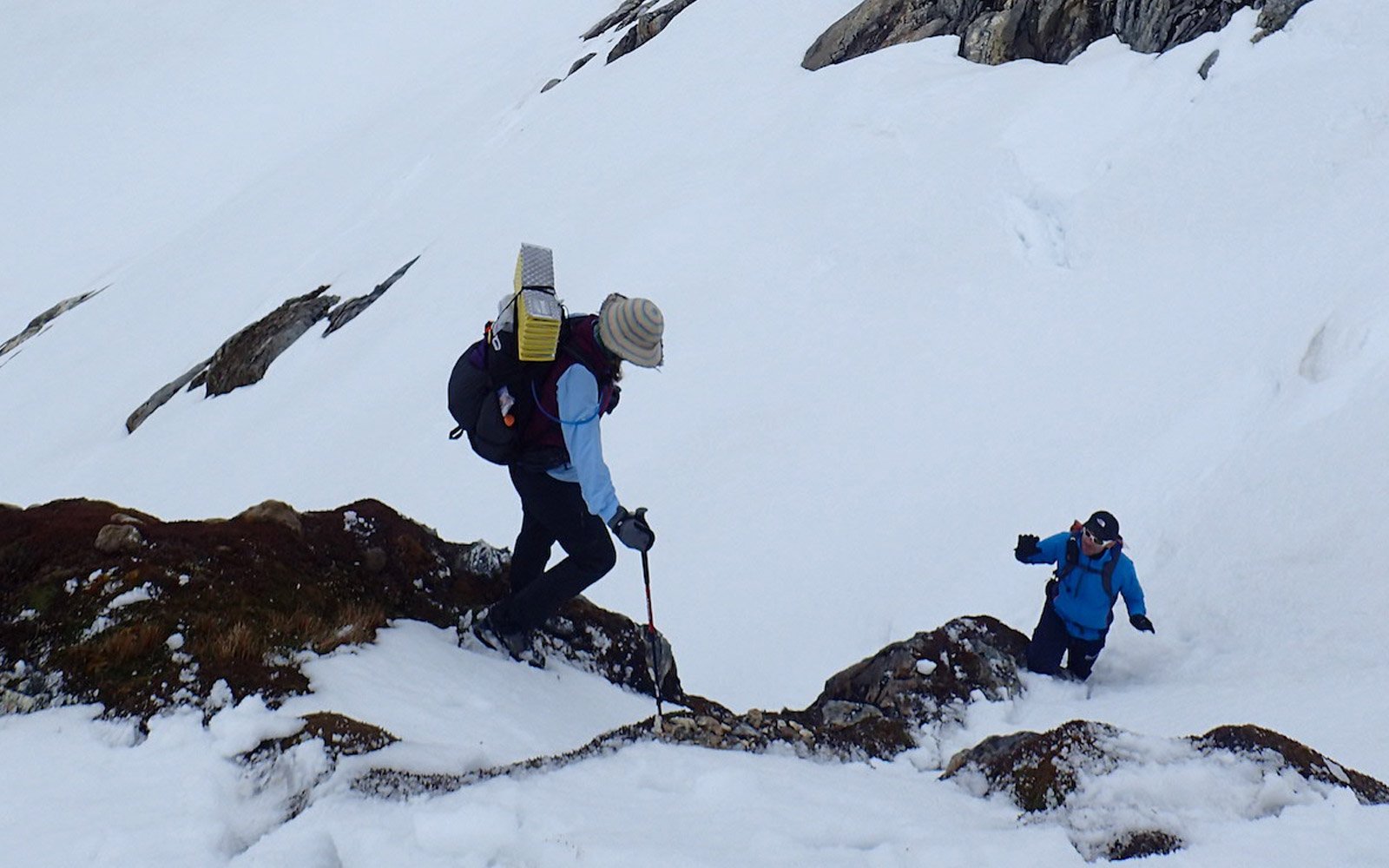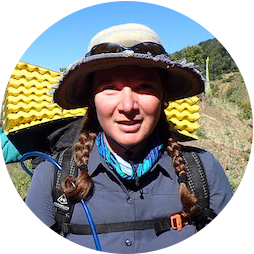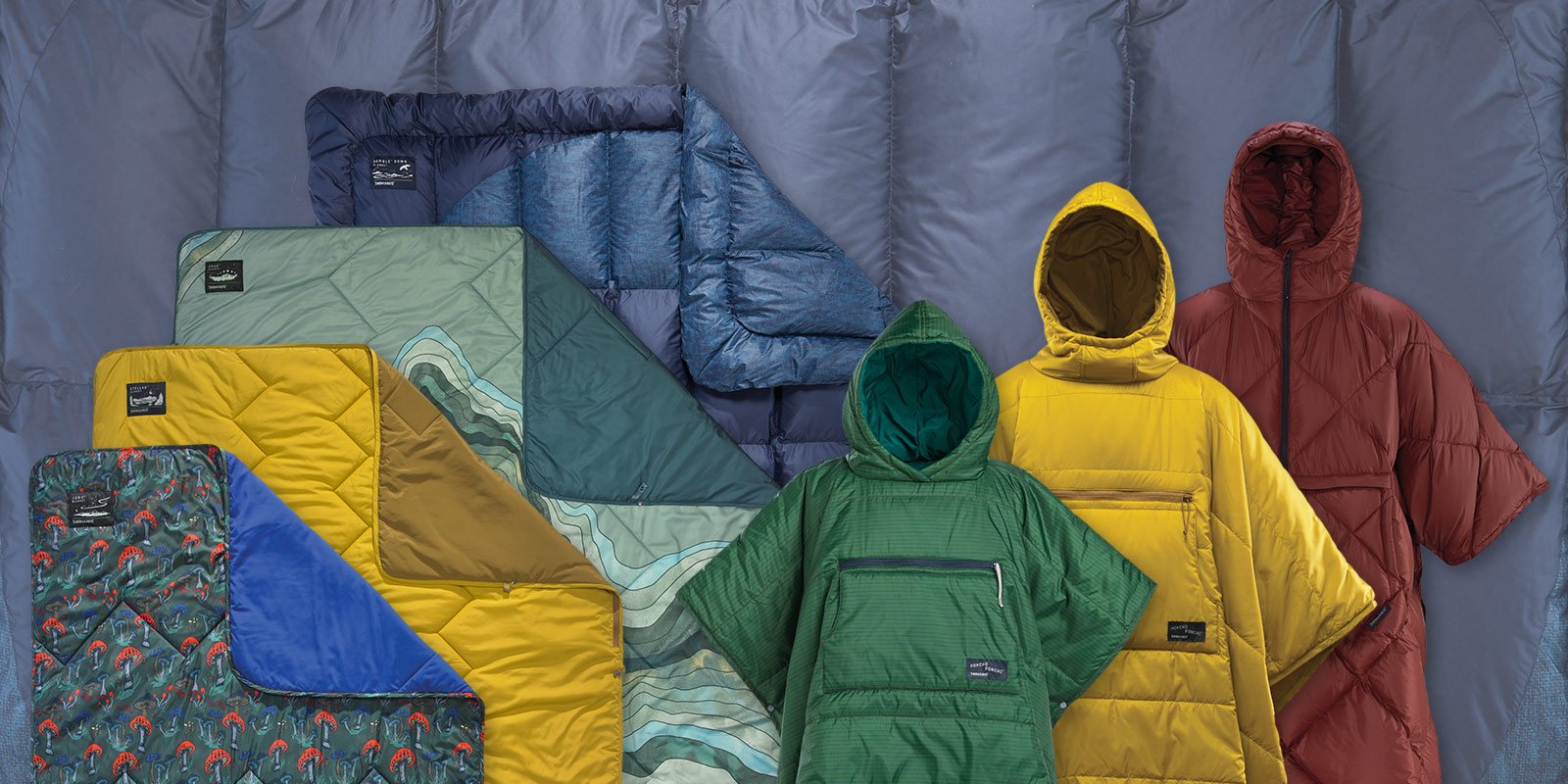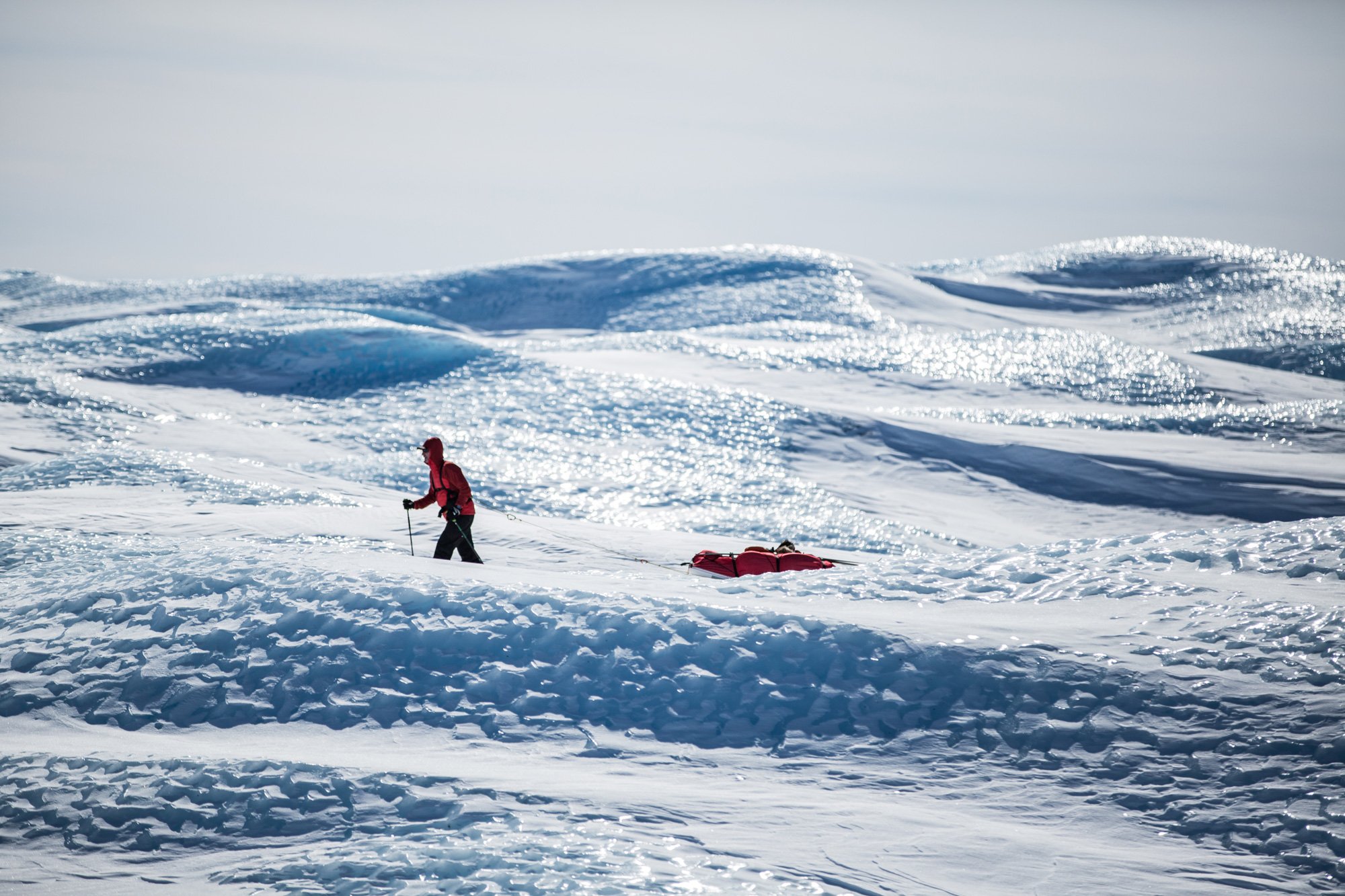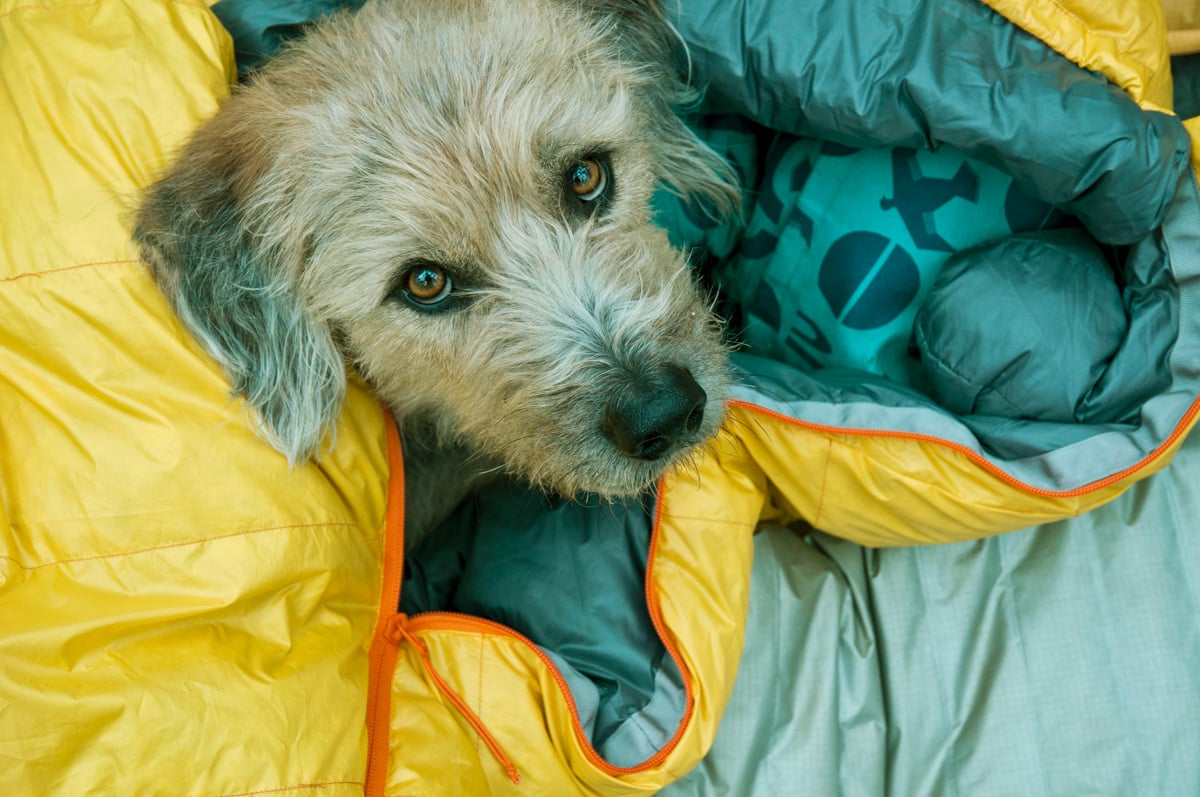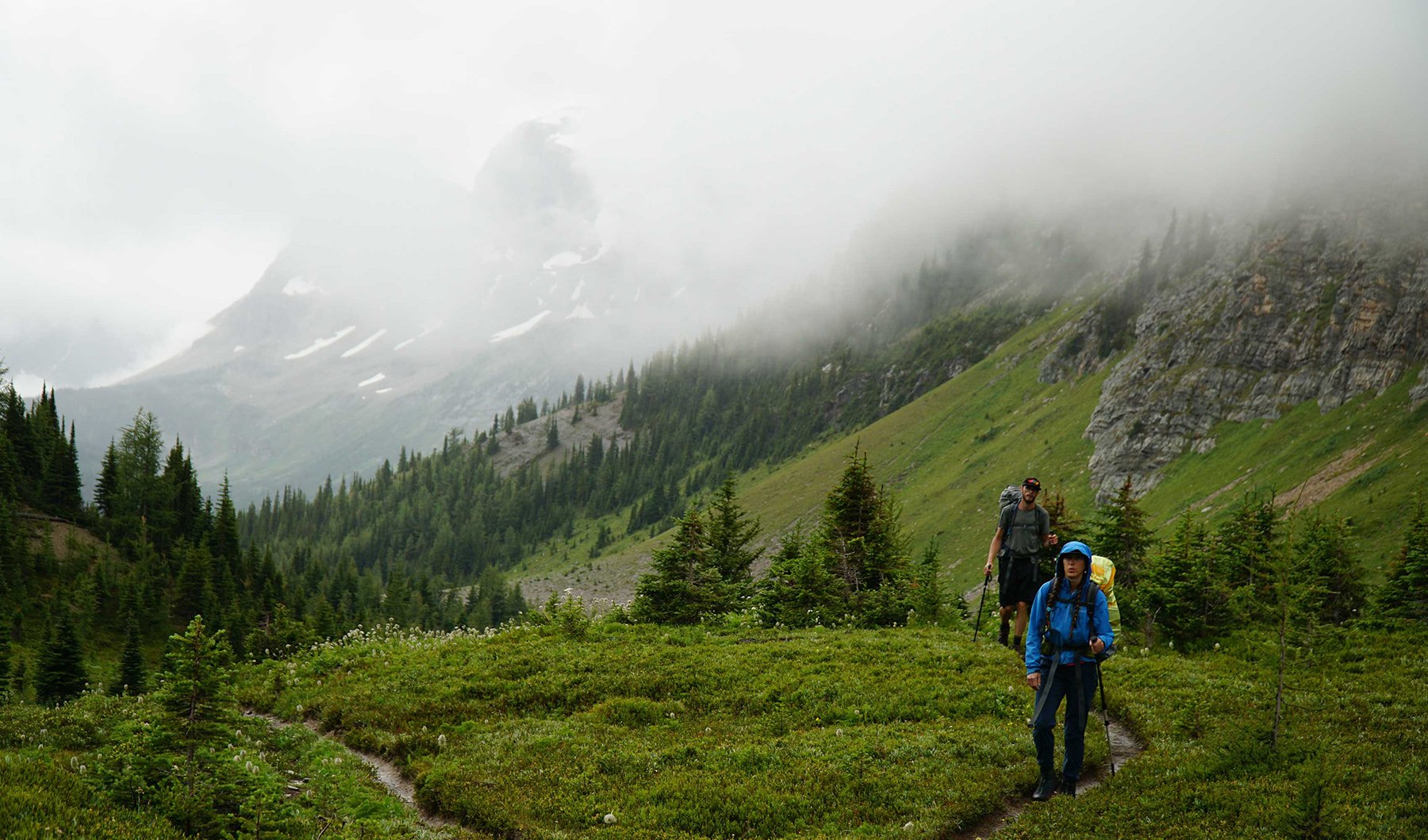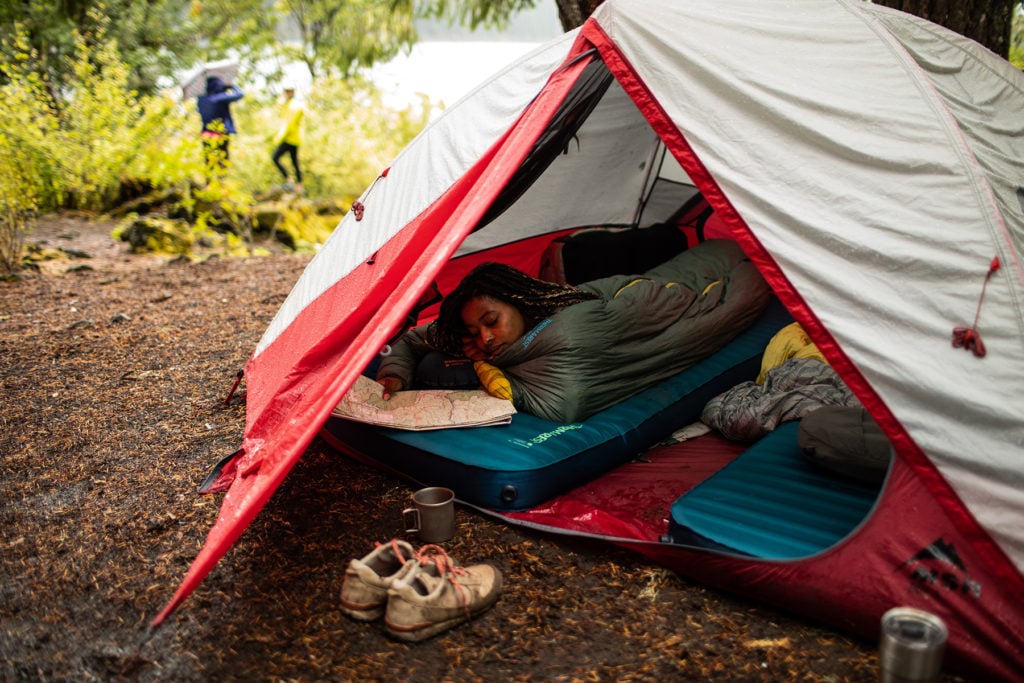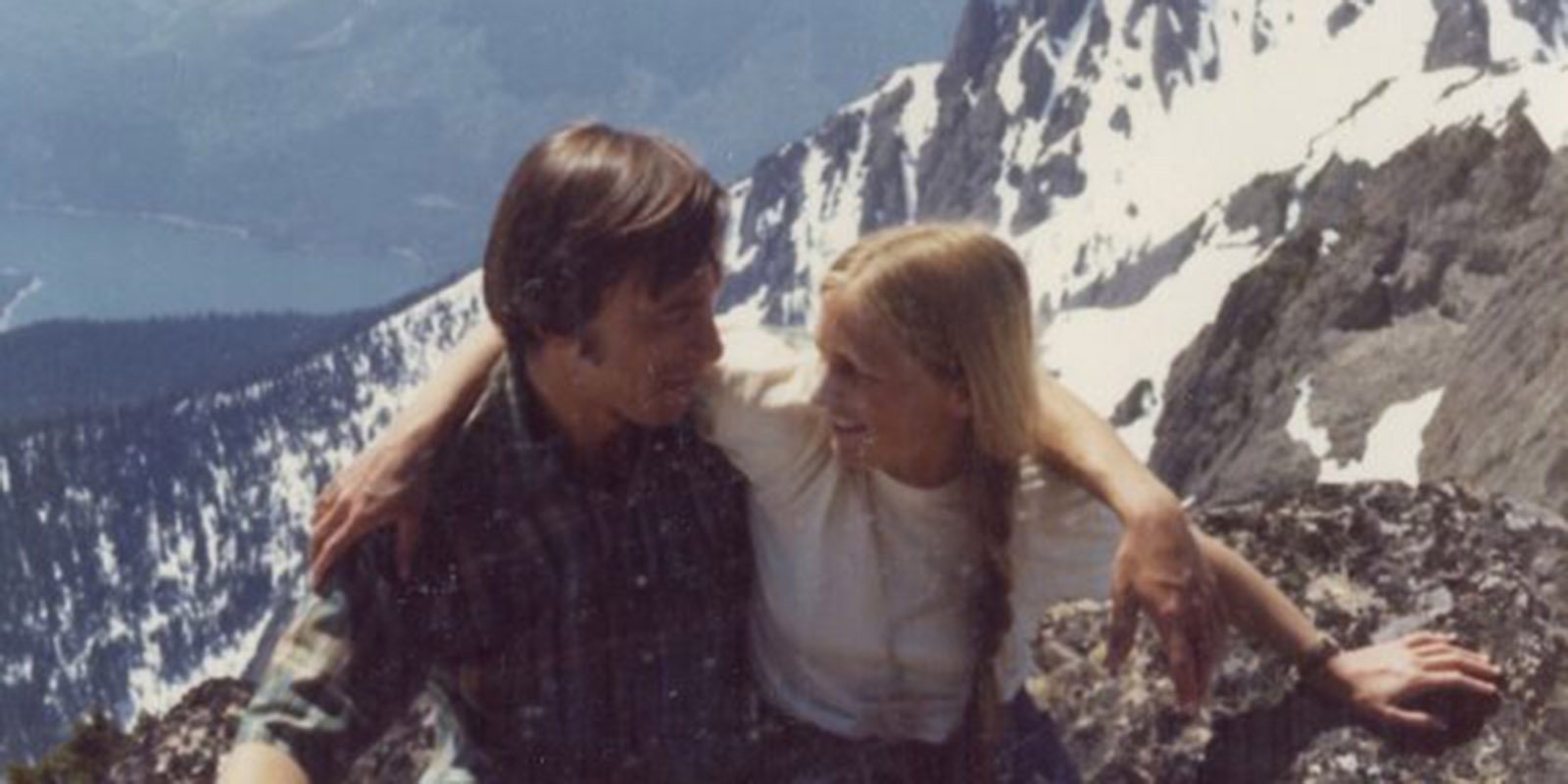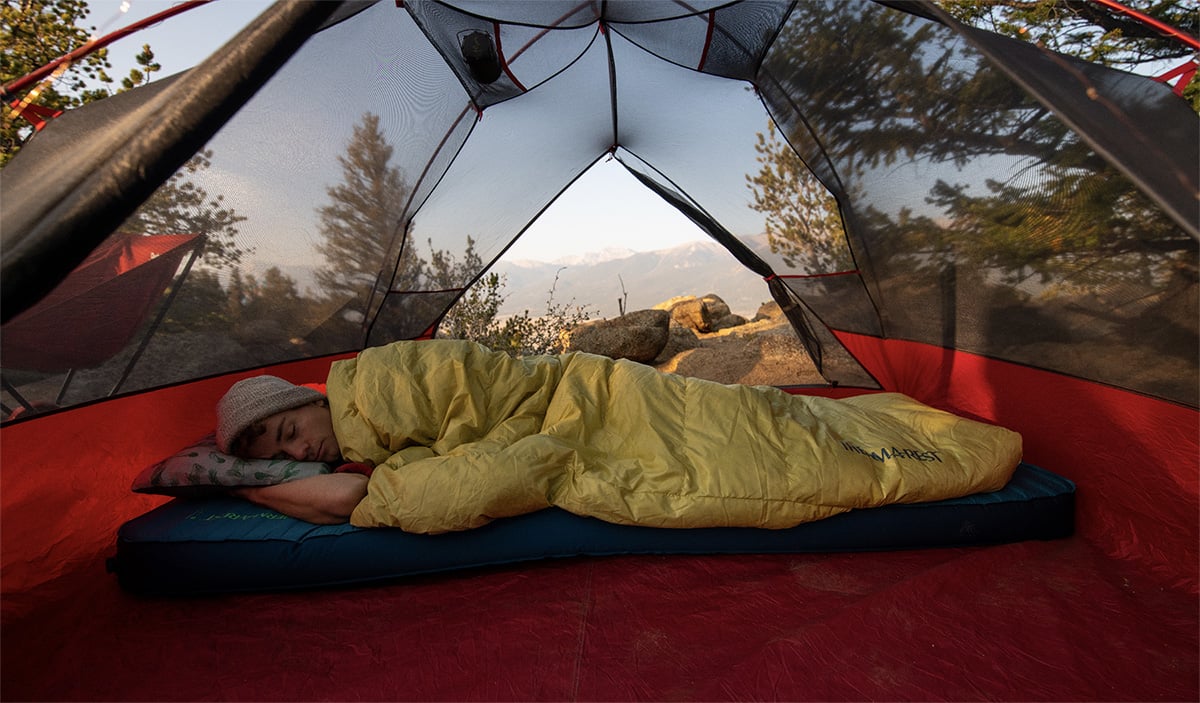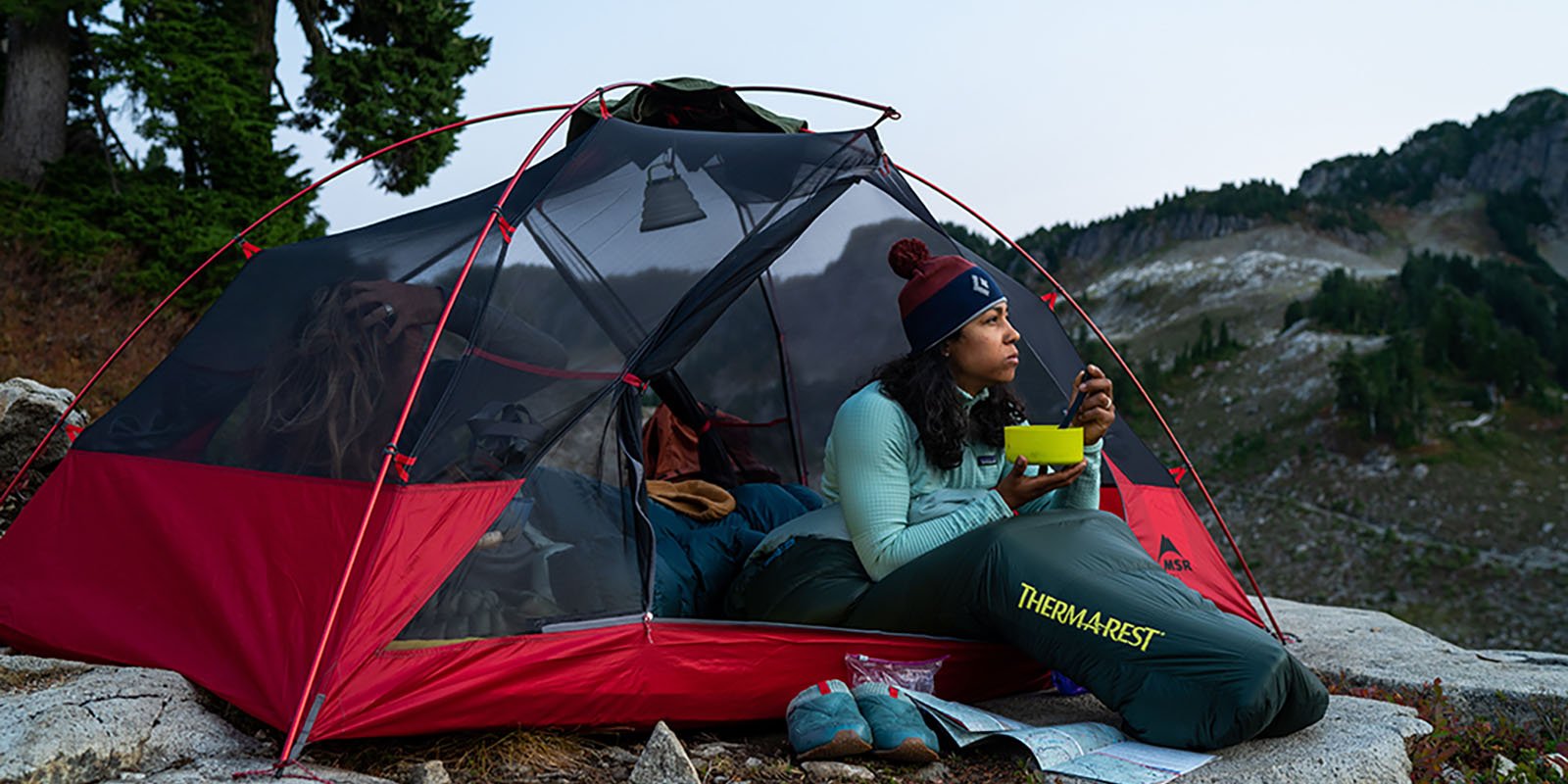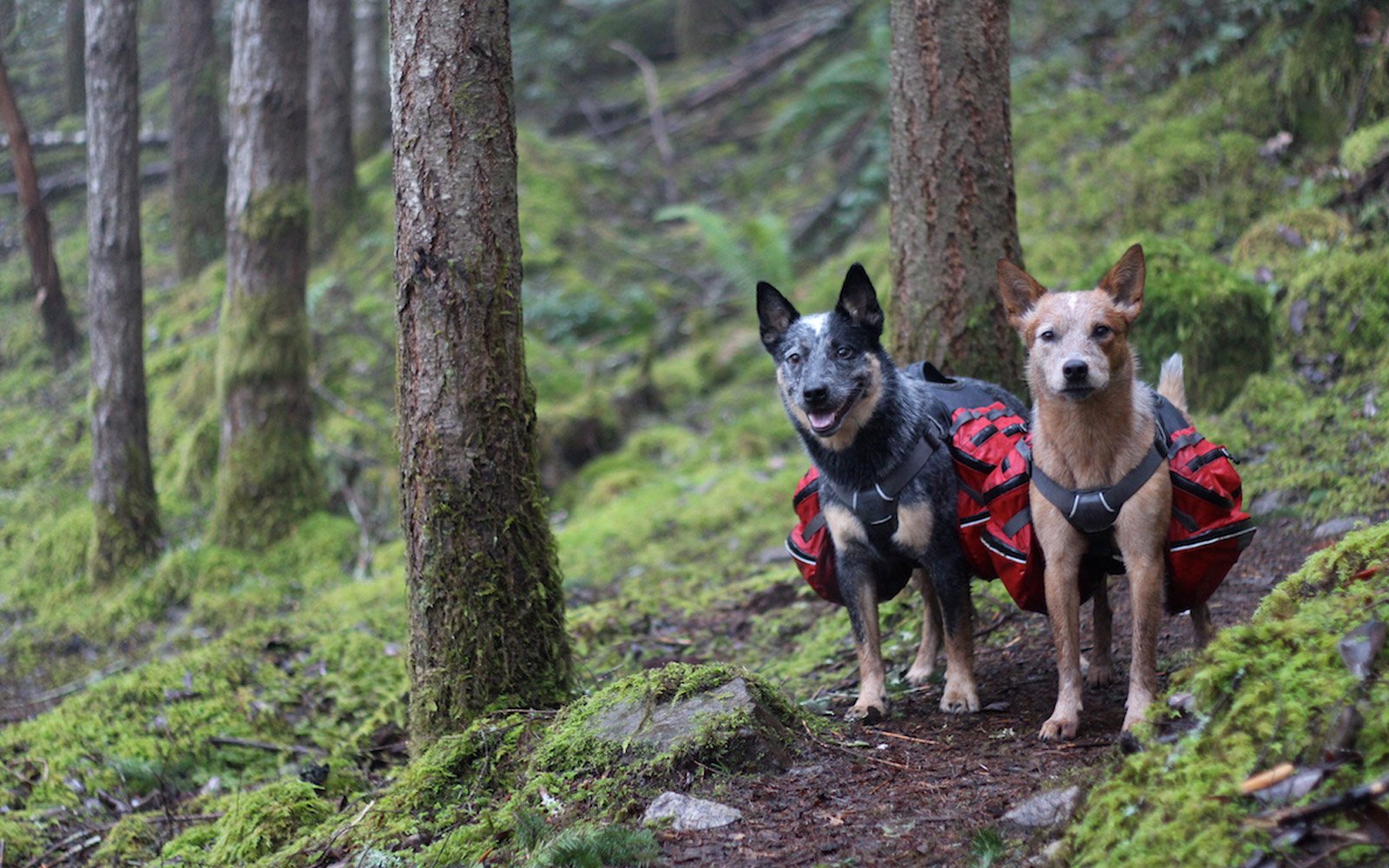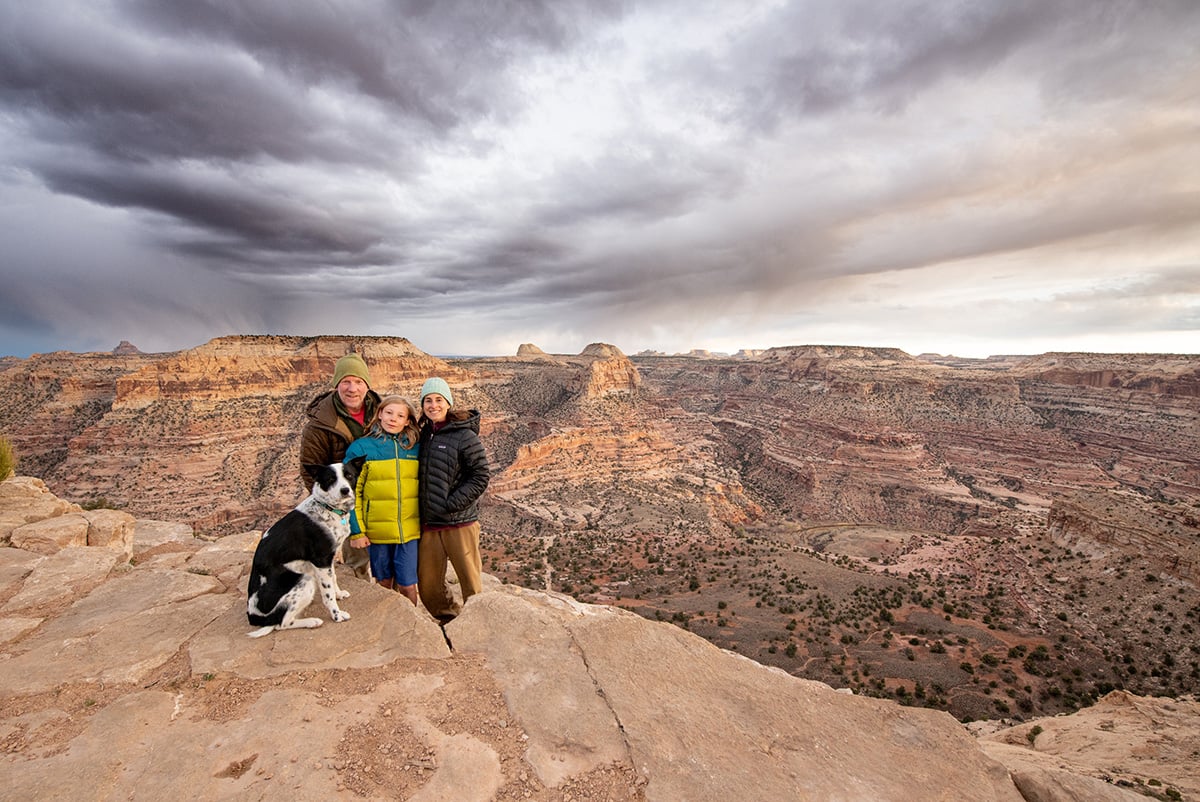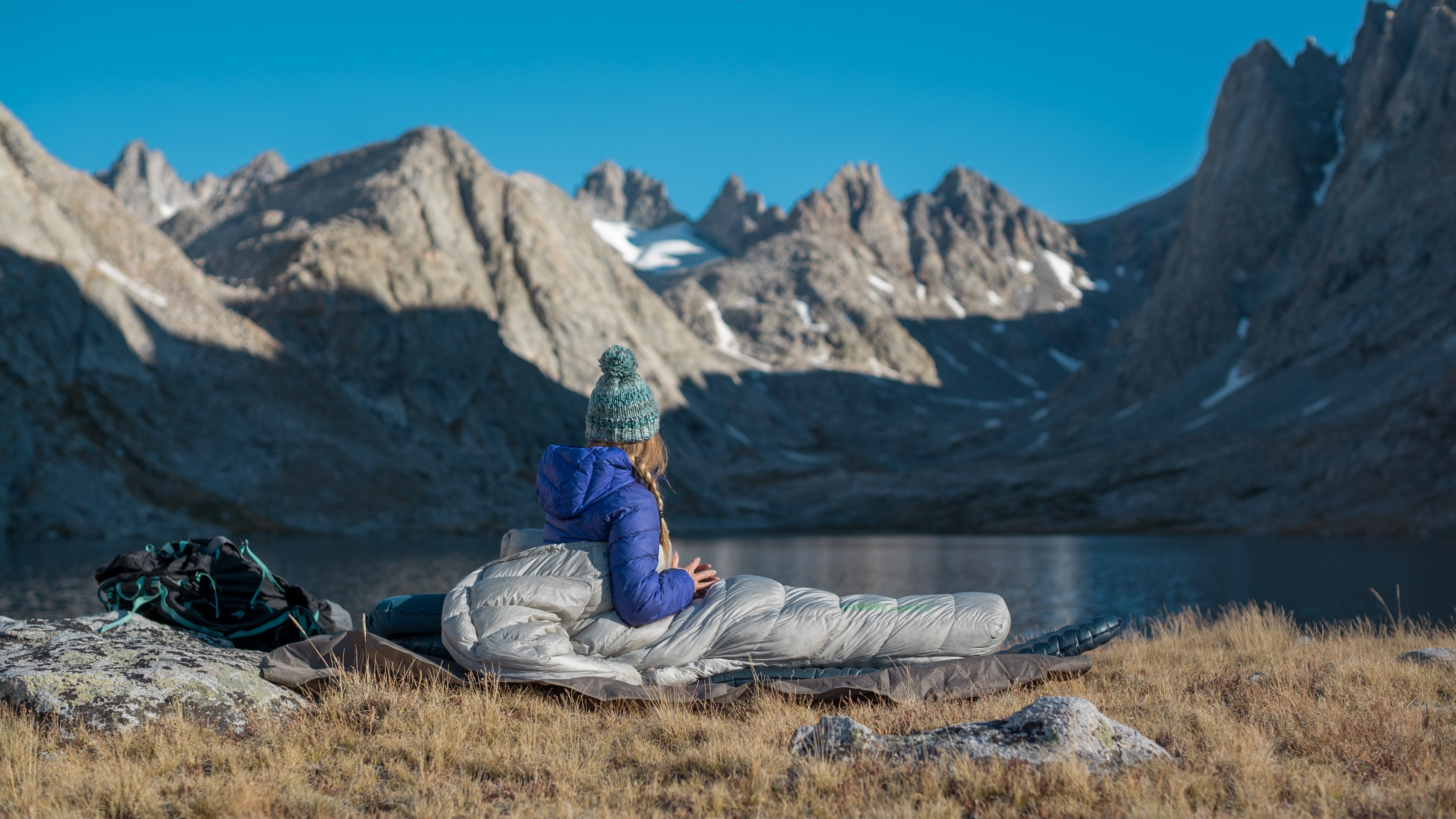By Bethany Hughes
The weight of the pack on my back, the sun-warmed rock, small tufts of grass growing from the cracks where my fingertips gripped, my sweating palms, the glacial blue waters of Lago Viedma lapping 15 feet below. Senses alert midway across the slab of a class 4 traverse. Mentally running through the motions necessary should I fall into the icy water below. Neon’s voice brings me back, “you’re doing great. There is a handhold about 18 inches up and to your left.” For about the thousandth time I reflected with gratitude on being out here with a well matched hiking partner.
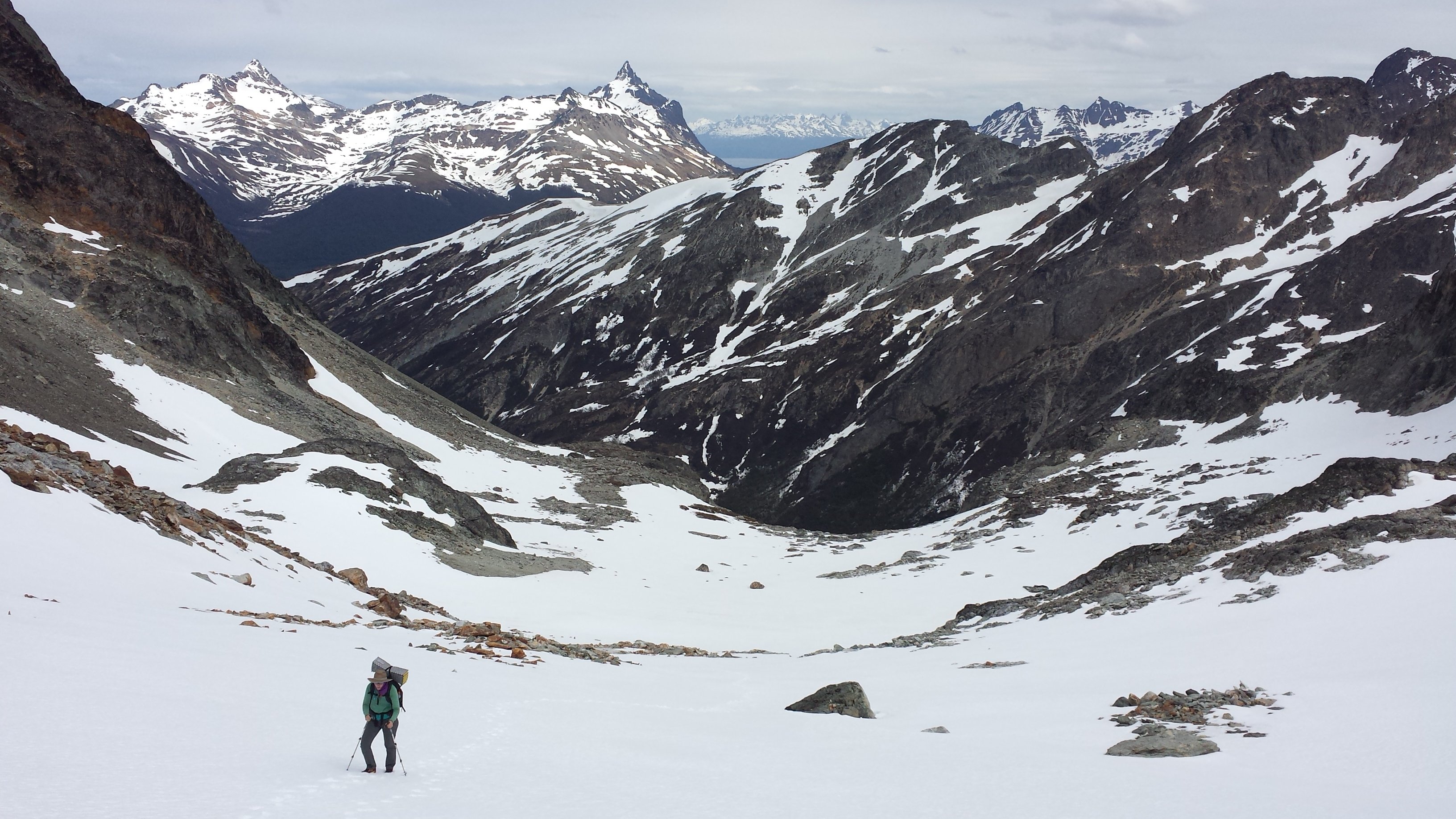 In another instance we stood at the head of a valley, having spent five minutes volleying back and forth what approach might be best. We stare at one another for a beat before I said, “I think we are saying the same thing but in different languages.” For about the thousandth time, I reflected with frustration on being out here with a total alien.
In another instance we stood at the head of a valley, having spent five minutes volleying back and forth what approach might be best. We stare at one another for a beat before I said, “I think we are saying the same thing but in different languages.” For about the thousandth time, I reflected with frustration on being out here with a total alien.
When people ask about the greatest challenge Neon and I face as we thru-hike the Andes, they expect to hear stories like this, about river crossing, sketchy passes, inclement weather, bleeding feet, or the inordinate amount of time we spend “investigating” (i.e. being lost / route finding). Those situations come and go, but the greatest ongoing challenge and tool is our ability to work together. It takes a lot of work, but the payout is invaluable.
Neon and I met thru-hiking the Pacific Crest Trail in 2010. A few years later, I sent out resupplies and helped crew for her as she thru-hiked the Continental Divide Trail, completing her “Triple Crown” of thru-hiking (completing the Appalachian Trail, Pacific Crest Trail, and Continental Divide Trail). In the ensuing years, we got together to go hiking, mountain-biking, and on various other shorter adventures. The outing which decided the partnership for me was when she, a warm weather person, came up into the snowy Rockies and we went cross-country skiing. Seeing her willingly step out of her element and seeing how she dealt deal with the challenges made it clear – this was a woman who had the commitment and fortitude to stick through difficulties.
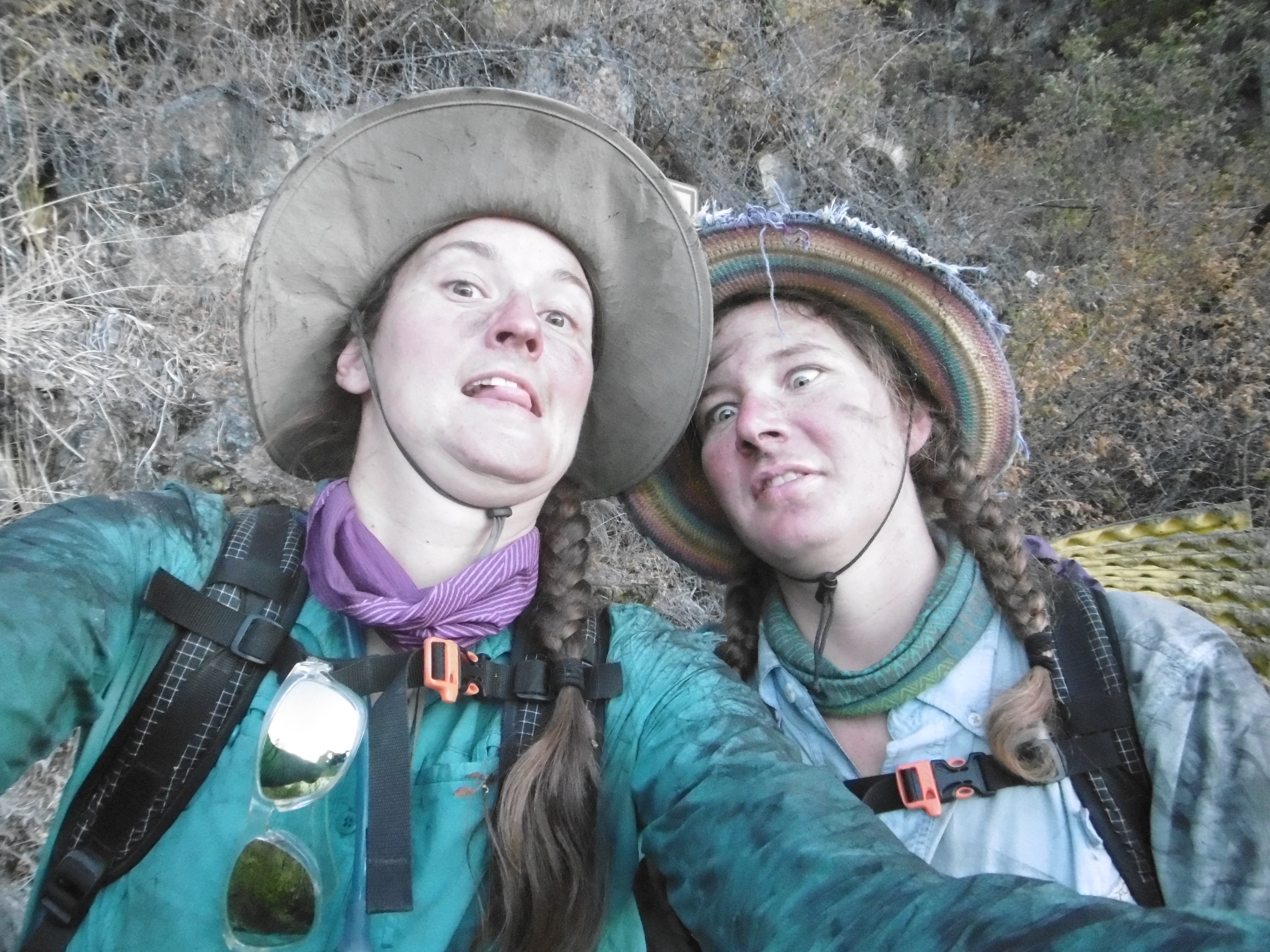
Who you adventure with influences the course of a trip as much as the route you choose. Learning as much as you can ahead of time about your adventure partner’s value system, personality, and communication style will facilitate matters when you are on the trail, rock, or river. Before we set foot out of the country we spent time comparing Myers & Briggs personality types, going over “The 4 Agreements,” and reviewing what we each were seeking from the next several years of trekking. Below are some points to weigh as you consider who you may very well end up trusting with your life.
Communication
As with any relationship, communication is key. When considering an adventure partner, look for someone who has thought through and is willing to speak their immediate needs and long term goals. You will be called upon to communicate under trying circumstances, for example, when hanging above glacial waters wearing a backpack and with no ropes. Express anxieties clearly, but speak calmly. In these moments, you have to trust that you and your teammate are seeking the same goal: a safe completion of the journey.
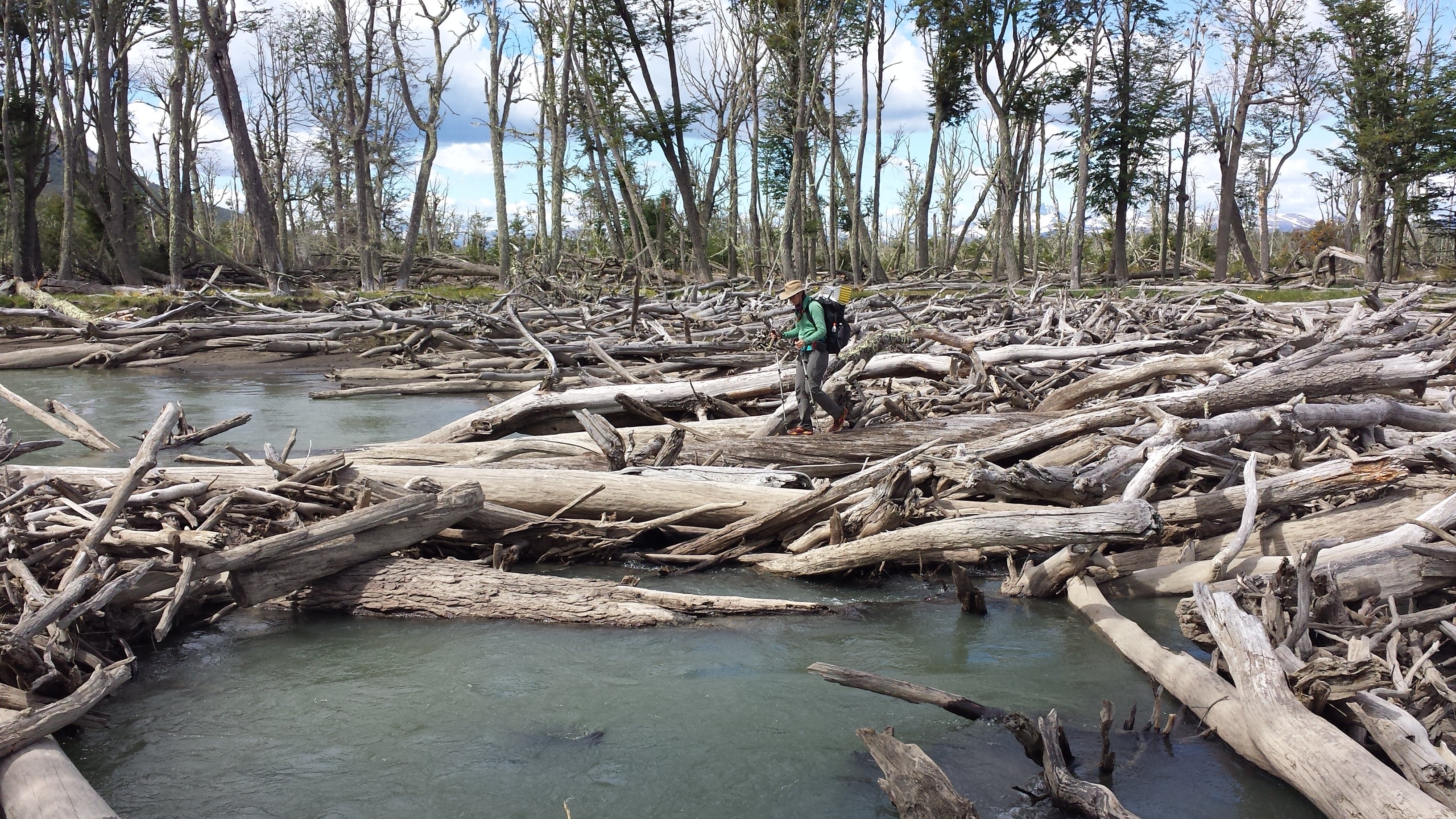
Practice active listening and repeat back what you hear to make sure you are on the same page. Come back to heated topics once everyone has had time to process and unpack their own pieces of what is going on. Somewhere between your and your partner’s perceptions is what actually happened.
Someone with a Different Point of View
You need at least three points to triangulate a location. Your position represents only one of these points. Similarly, having multiple takes on a challenge helps hone in on a best approach. For example, assessing a climb from below will yield different information than looking from above or to the side. Various perspectives from different angles create a more complete picture, so finding someone who doesn’t see everything the same way you do is beneficial.
Working with someone who sees things differently also presents challenges. Maybe one of you is a big picture thinker and the other is detail oriented. It helps to recognize working together is more important than being right and there is more than one way to make it through any challenge. You won’t always see eye to eye which makes communication all the more important.
Respect and Manners
Another important trait is maintaining respectfulness under trying circumstances. Whether you are dealing with danger or “hanger” (the anger that comes with hunger), adventurers will go through stress. How you deal with that stress is a matter of patience, practice and being self-aware. In a partnership where you spend a lot of time together you will get on each other’s nerves.
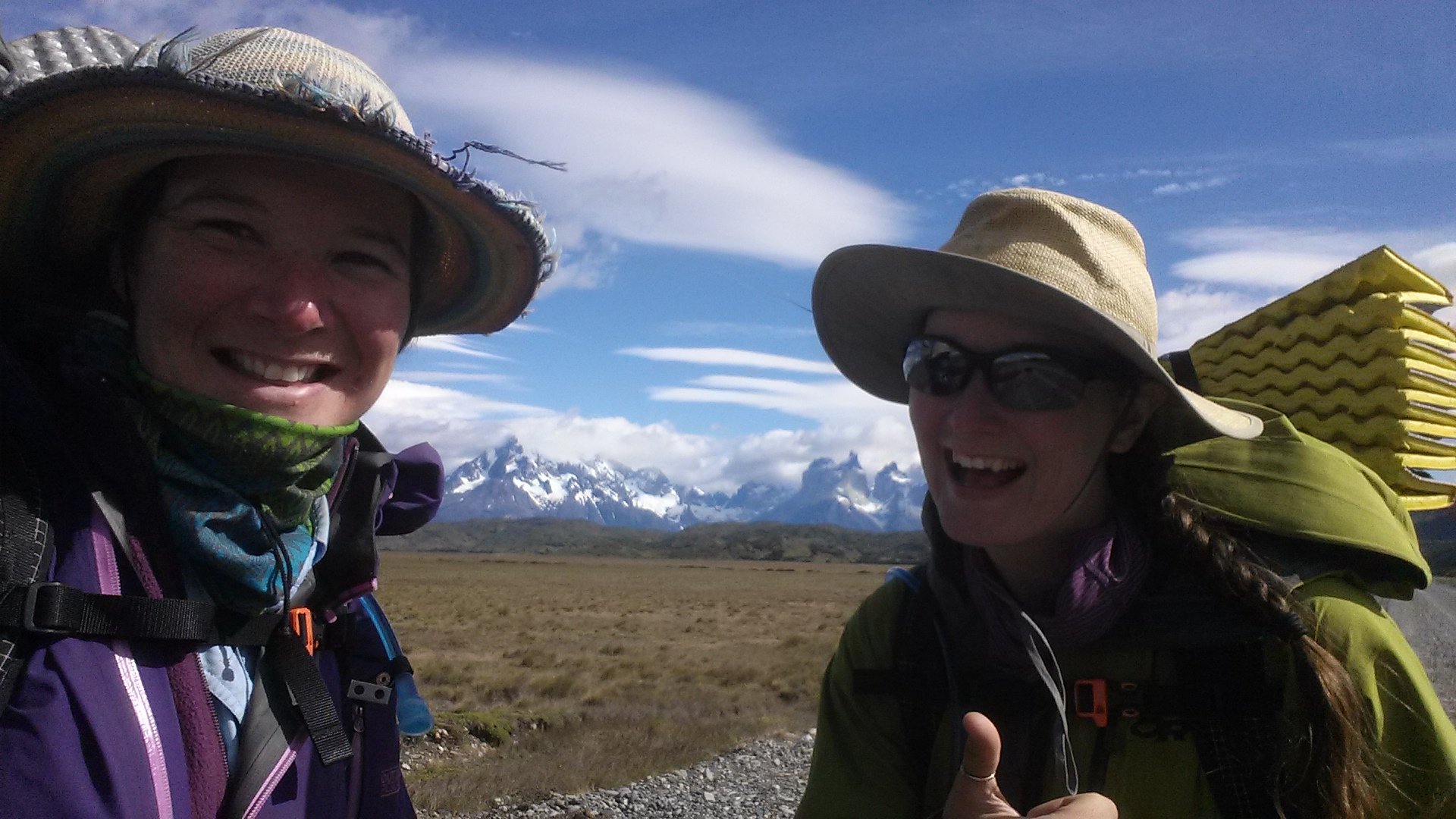
In one instance, on a nine day stretch deep in remote mountains of Patagonia, we followed the only trail just to have it dead-end at a raging white water river, with no sign of the trail resuming on the other side. We climbed up and down that beautiful, accursed mountainside three times searching for another route when I, at my wits end, plunked down, angry and tired, and declared “that’s it, we’re lost forever!” I then ate almost my entire block of cheese. Neon left me space and time to work through the frustration before we loaded back up and, within an hour, found the route we needed.
Learn to recognize your stress factors and be able to verbalize them to your partner rather than act on them. It is okay to be frustrated, but it is not constructive to take that out on them. Whatever you have been through, they probably have too. When under stress, go back to the basics: count to 10 before you say something and mind your manners. If you need space to get there, ask for it.
Trust
Finally, be certain you can trust an adventure partner before signing on to anything challenging. Whether on rope, out at sea, or anywhere in between, you need to be able to trust your adventure partner’s personality and skillset. If you are considering something big together, take some smaller trips or less challenging routes together first. Do they follow through on their word and show up prepared? Do they have the skillset necessary to tackle the wilderness with respect and integrity? Around the fifth time Neon clambered out of a snowbank on our cross-country skiing outing, still able to laugh about it, that I realized she is a person who can handle whatever the journey throws at her.
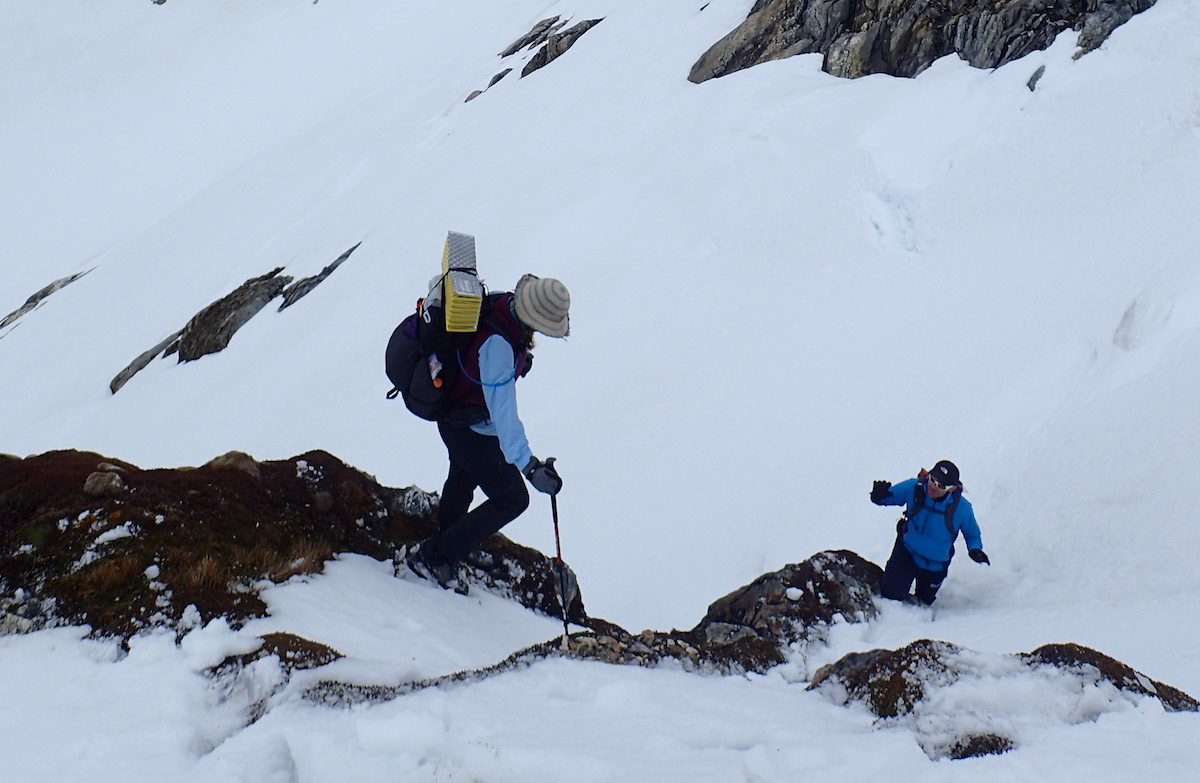
In the end, whether you find yourself dangling by your fingertips above freezing water or angrily munching the bulk of your week’s allotment of cheese, you need to trust, respect, and honor one another’s perspective and experience. You may not always see eye to eye on the how or why, but you do need to agree on the end goal and that you all have the team’s best interest at heart.
